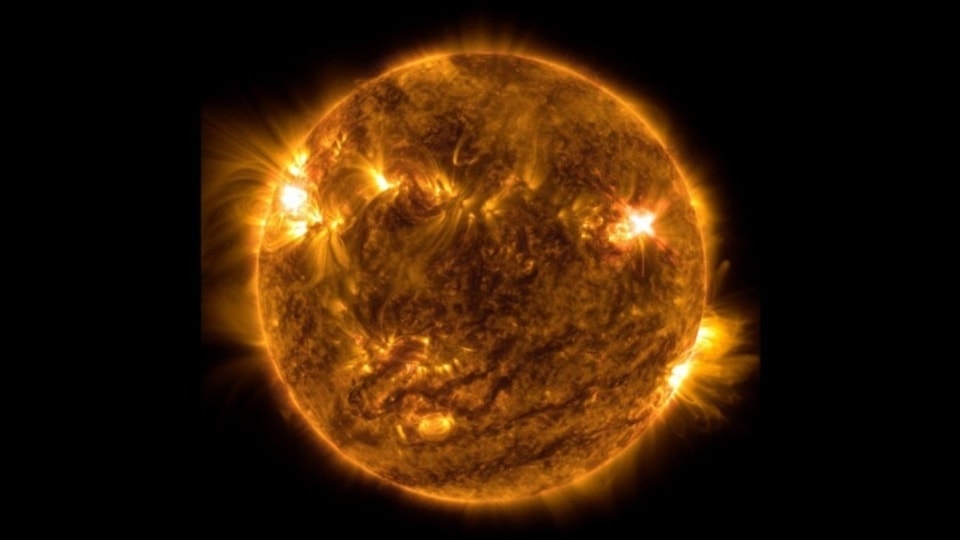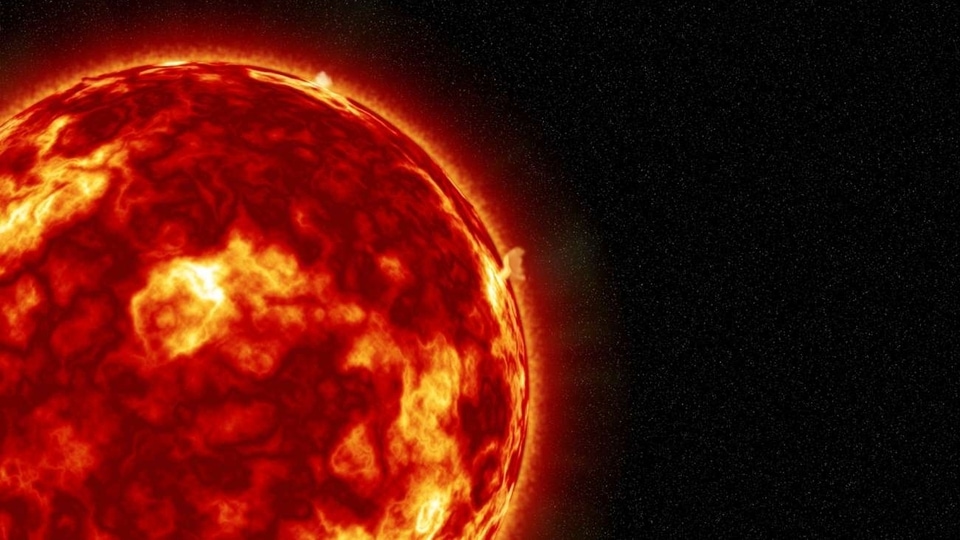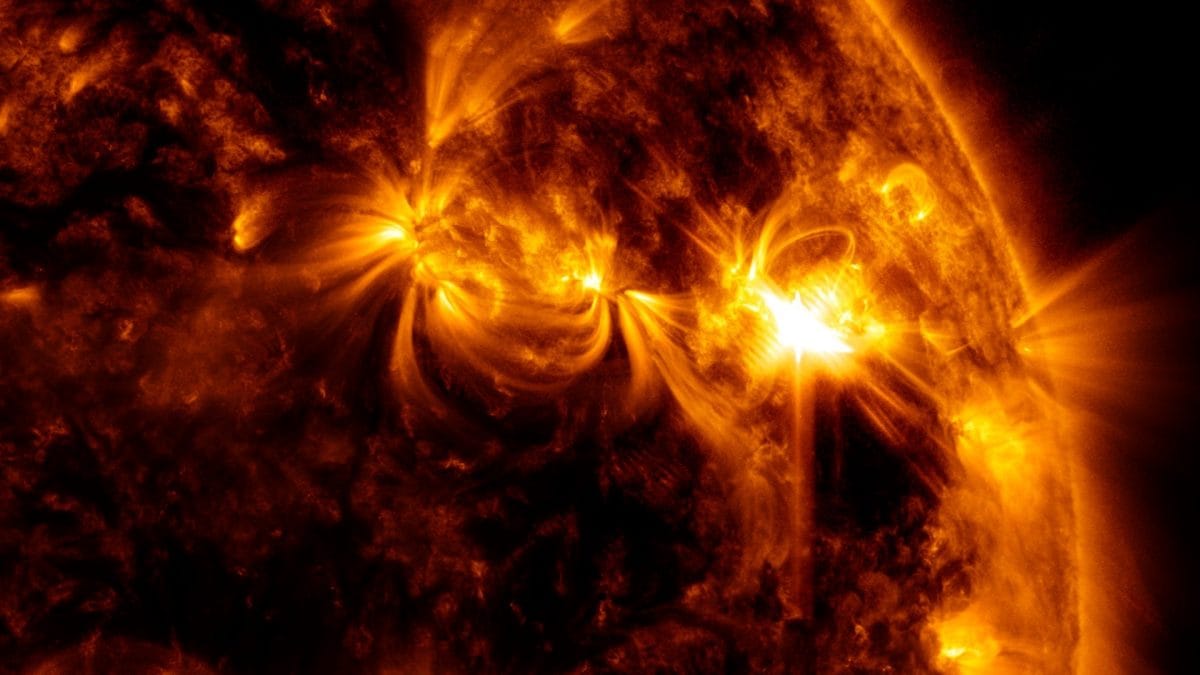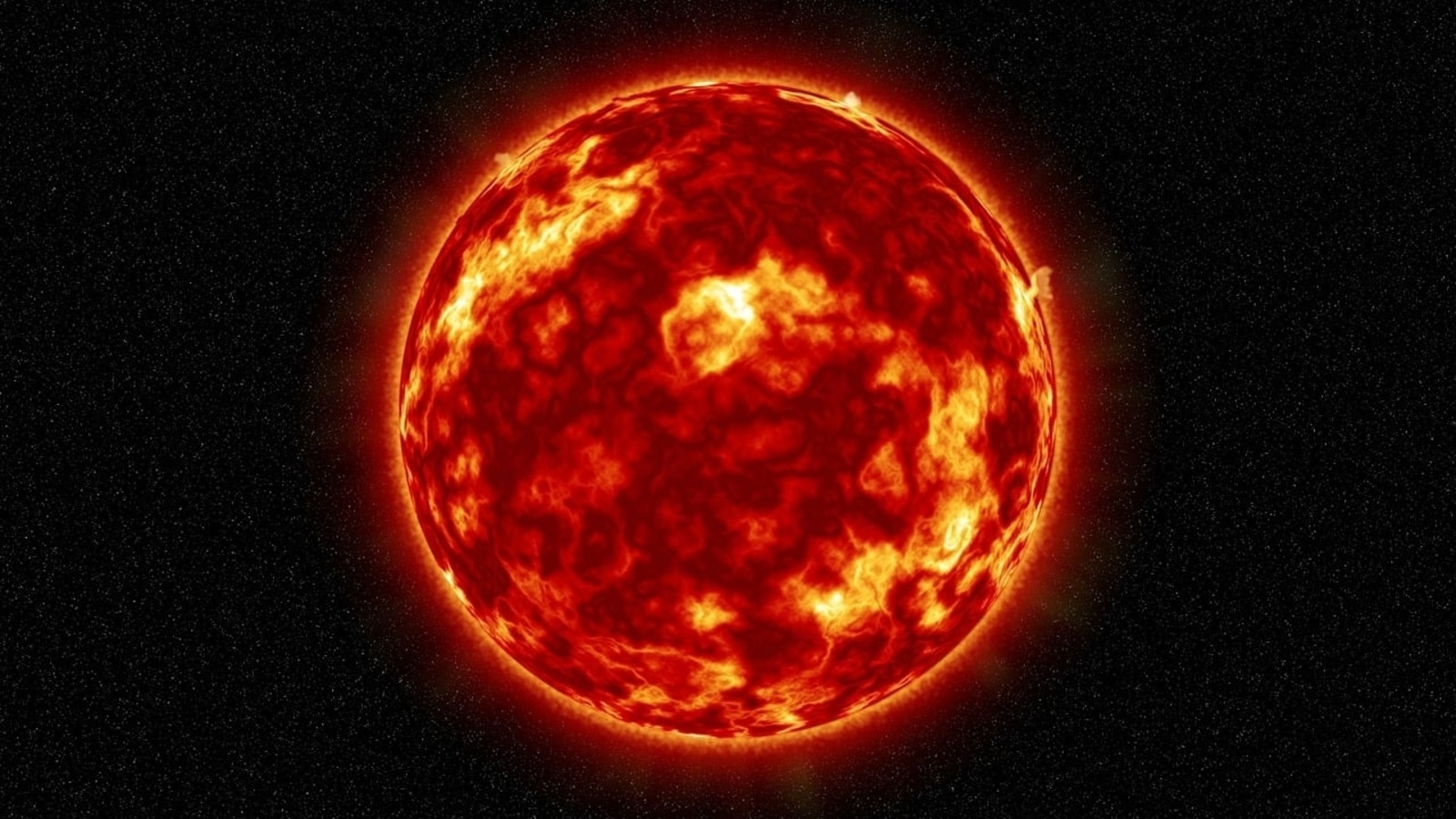Ahead of solar eclipse, fast-moving solar winds to spark a powerful solar storm today on Earth
Fast-moving solar winds are escaping from a worm-like coronal hole on the Sun and can trigger a major solar storm today on Earth, ahead of the solar eclipse. Check details.






 View all Images
View all ImagesYesterday, it was reported that a co-rotating interaction region (CIR) was forming near the magnetosphere of the Earth due to the intermixing of slow and fast-moving solar winds. The situation is set to worsen today, October 13, as fresh solar winds escaping from a worm-like coronal hole will soon strike the Earth and trigger a powerful solar storm event. This event is expected to take place just before the annular solar eclipse occurs in the early hours of October 14.
The information comes from two different sources. First is SpaceWeather.com which reported, “A stream of solar wind is expected to reach Earth later today… The gaseous material is flowing ~500 km/s from a narrow hole in the sun's atmosphere. Its arrival could spark geomagnetic unrest and auroras around the Arctic Circle”.
Tamitha Skov, popularly known as Space Weather Woman, also highlighted the development. In her post on X, she predicted a 50 percent chance of a major storm today at high latitudes and a 15 percent chance of a minor storm at mid-latitude.
Solar storm to strike ahead of solar eclipse
Unlike CME, this particular solar storm is going to be triggered by solar winds. But make no mistake, these ‘winds' are powerful waves of plasma that are created in the corona of the Sun. They contain both solar particles as well as strong magnetic fields.
These menacing solar winds strike the magnetosphere of the Earth and cause small cracks in it through a process called co-rotating interaction region (CIR) and leave our planet temporarily vulnerable to solar radiation. The solar winds push inside the Earth's magnetosphere and cause scary solar storms without even the presence of CME.
How NASA SDO collects its data
The NASA SDO carries a full suite of instruments to observe the Sun and has been doing so since 2010. It uses three very crucial instruments to collect data from various solar activities. They include Helioseismic and Magnetic Imager (HMI) which takes high-resolution measurements of the longitudinal and vector magnetic field over the entire visible solar disk, Extreme Ultraviolet Variability Experiment (EVE) which measures the Sun's extreme ultraviolet irradiance and Atmospheric Imaging Assembly (AIA) which provides continuous full-disk observations of the solar chromosphere and corona in seven extreme ultraviolet (EUV) channels.
Catch all the Latest Tech News, Mobile News, Laptop News, Gaming news, Wearables News , How To News, also keep up with us on Whatsapp channel,Twitter, Facebook, Google News, and Instagram. For our latest videos, subscribe to our YouTube channel.





























